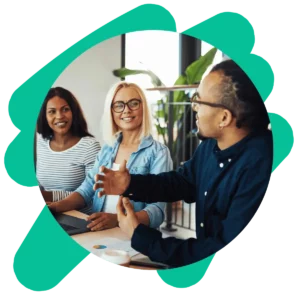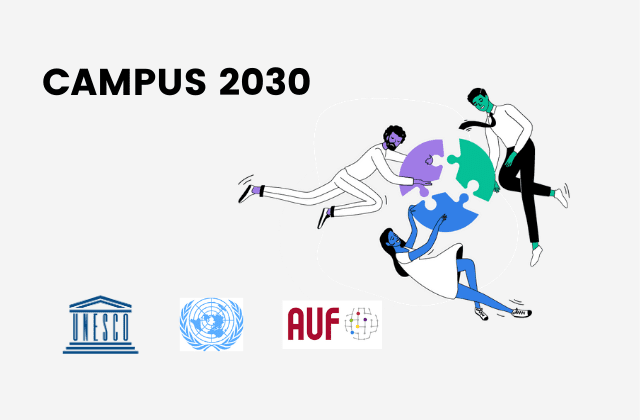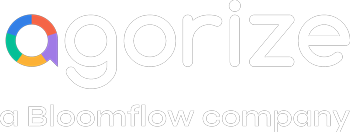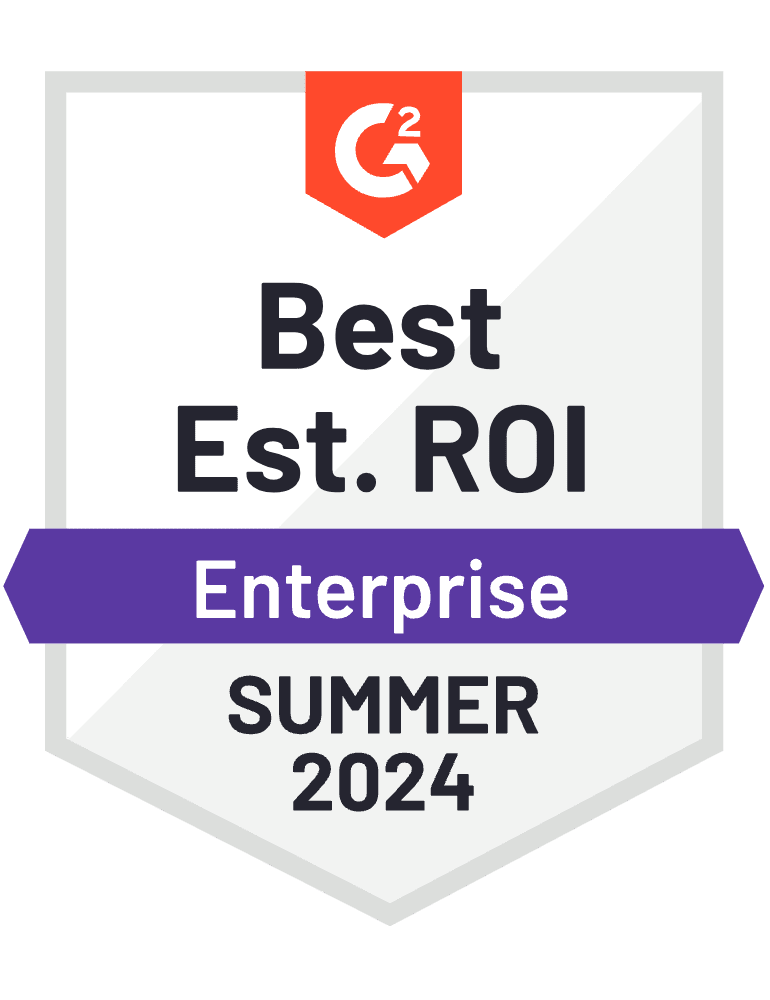This article is based on the testimony of :
- Katja Malzer, director at the Goethe-Institut in Montreal who launched the “24h Thinkathon” challenge.
- Guillaume Semene, Head of Events, BNP Paribas, jury of the Global Youth Challenge at the Movin’on international conference.
- Sana’ Khasawneh, leader of the Global Youth Coalition for Road Safety, participant (team leader) of the Global Youth Challenge.
Young people should be able to participate in decision making at the local, national and global levels. –BAN KI-MOON, UNITED NATIONS SECRETARY-GENERAL
One in five people in the world is currently between the ages of 15 and 25. Yet institutions struggle to include young people in their decision-making processes. This segment of the population is more easily involved in more informal ways, through activism or civic engagement for example.
How can we reconcile youth with the institutions that surround them? How can we build with them the future that is theirs?
At Agorize, we are proud to regularly accompany different institutions on these issues and to help them create exceptional exchanges through our solution.
The young people brought incredible ideas and we were really surprised by the results of this hackathon. In the end, we were honored to be part of the jury, because they are the ones shaping their future. –GUILLAUME SEMENE, EVENTS MANAGER, MOVIN’ON SUMMIT
In this article, we give the floor to Katja Malzer, Director of the Goethe Institute of Montreal, who shares with us 7 essential points that made the success of the “Thinkathons”, a series of challenges organized by the Goethe Institute, ThinkYoung and the Carrefour de la Jeunesse NDG and funded by the European Union. Agorize intervened to organize and facilitate the whole process.
This Thinkhathon is about engaging youth in the creation of new regulations on a global scale and discuss social issues such as the place of digital in our societies and inclusion. It has succeeded in re-creating a real dialogue between young people and policymakers and on an international scale by bringing Europe and Canada together. Katja Malzer tells us about this challenge.
We had two goals: we wanted to raise awareness of digitalization and inclusion among young people and thus create a transatlantic exchange. On top of that, we wanted to develop communication between young people and policymakers, but also between young people and the public around these issues. -KATJA MALZER, DIRECTOR AT GOETHE-INSTITUT MONTREAL
1. Building a long-term relationship
A basic principle for building trust is to be rooted in the long term. It is an ongoing effort that will create a stronger and more lasting commitment from the youth.
To meet this challenge, Katja Malzer built a hackathon over several months, in which young people from Europe and Canada proposed recommendations for legislation.
She started with a large ideation phase, accessible to all. Then, thanks to the intervention of political decision-makers, the participants were able to deepen their proposals.
The goal was to give visibility to the opinions of people who are usually not included in these kinds of discussions. -KATJA MALZER, DIRECTOR AT GOETHE-INSTITUT MONTREAL
Working over several months, she gave participants the opportunity to express their needs and problems. Based on these results, the dialogue became much easier to establish.
2. Finding a theme that brings people together
The obstacles to youth participation are often a lack of confidence in their knowledge, the technicality of the topics discussed and the complex decision-making processes.
In order to overcome these barriers, Katja Malzer sought to bring them together on issues that brought them together. The idea was to introduce the topic from an angle that was shared by all parties.
We chose a topic that was relevant to both parties. That’s how we were able to create a connection, a communication opportunity that they don’t usually have. -KATJA MALZER, DIRECTOR AT GOETHE-INSTITUT MONTREAL
It is by getting involved in issues that concern them directly that young people will develop a political awareness and become actors in the institutions that interest them.
3. Provide opportunities for dialogue
In order to create dialogue, it is necessary to provide space and a clear framework.
To do this, Katja Malzer organized live exchange sessions. These sessions were preceded by ideation work by the young people to explore different categories of questions around the main issue. The session began with presentations by the youth and then opened the floor to questions from the experts.
I was very happy because the young people are enthusiastic and want to propose ideas. And on the other hand, the policy makers take it seriously because it is a unique opportunity for them to change their perspective. They ask very pertinent questions. You feel that everyone benefits from this moment of exchange. -KATJA MALZER, DIRECTOR AT GOETHE-INSTITUT MONTREAL
A young participant of the Global Youth Challenge testifies in this sense. She also talks about the interest for participants to share their different perspectives in order to arrive at diverse and rich solutions.
I had the pleasure of leading the Paris team during the Global Youth Challenge. It was a great experience because we had to work with teams from all over the world to tackle the youth challenges. I enjoyed that everyone brought a different perspective to the problem, such as safety, environment, urban planning or education. -SANA’ KHASAWNEH, LEADER OF THE GLOBAL YOUTH COALITION FOR ROAD SAFETY
Although the youth share many interests, the group remains diverse. It’s up to you how you want to define your sample. While the Goethe Institute targets 15 to 25 year olds in Europe and Canada, the Global Youth Institute targets 18 to 29 year olds around the world.
4. Choosing the right communication strategy for your thinkathon
Engaging young people means reaching out to them where they are, in their networks, at the institutions where they study, etc. To ensure the success of their campaign, the Goethe Institute relied on all of its partners and different communication strategies.
A communications agency and a press agency published articles and shared interviews with participants.
The other strategy was to rely on Agorize’s communities and communication strength. With an international community of several thousand students, Agorize launched an emailing strategy and dedicated newsletters to many French schools and universities. The deployment of these actions contributed significantly to the increase in participation and perfectly complemented the press communication campaign.
5. Choosing an Thinkathon format that matches your challenges
After having organized several face-to-face events, Katja Malzer testifies to the difficulty of gathering motivated young people in the same place and for a period of 24 hours (traditional hackathon format). Therefore, it was necessary to find a new format, attractive, and also corresponding to the young people’s living environment.
Because we organized this event online, the quality of the policy recommendations was higher and more diverse in terms of topics. We had more interaction with policymakers as mentors or jury members. This made the event more interesting but also more exciting for everyone. -KATJA MALZER, DIRECTOR AT GOETHE-INSTITUT MONTREAL
The digital and asynchronous format, for example, gave participants the flexibility to engage for longer periods of time and delve into topics on their own. For example, Citizenlab discusses the value of mixing online and offline modalities.
6. Communicating on your thinkathon’s results
When addressing social issues and asking young people to get involved on their own time, it’s important to be transparent in return.
As a result, we created a report, with some quotes, the overall outcome of the projects and the finalists’ video, which we send to the policy makers we work with in Canada and the EU. -KATJA MALZER, DIRECTOR AT GOETHE-INSTITUT MONTREAL
What may be clear to your teams is not always clear to the public:
Some participants wanted to know if there would be a follow-up to their proposals. And I think we could have done a better job of managing expectations and making it clear that our work ended there and that the projects should live on their own. -KATJA MALZER, DIRECTOR AT GOETHE-INSTITUT MONTREAL
So keep in mind that you need to be very clear about the objectives, the process, the expected deliverables, and the aftermath at all times.
7. It’s worth the effort!
The task may seem daunting, and there is no magic bullet for including more youth. But the result is all the more impressive when you take the plunge.
It was really exciting to launch the challenge and see the sign-ups come in, the number of people already asking for more information. People responded really, really well to that. -KATJA MALZER, DIRECTOR AT GOETHE-INSTITUT MONTREAL
It’s all about having a good team, surrounding yourself with expert structures like Agorize that facilitate all the logistics and we assure you that you are able to make history !











